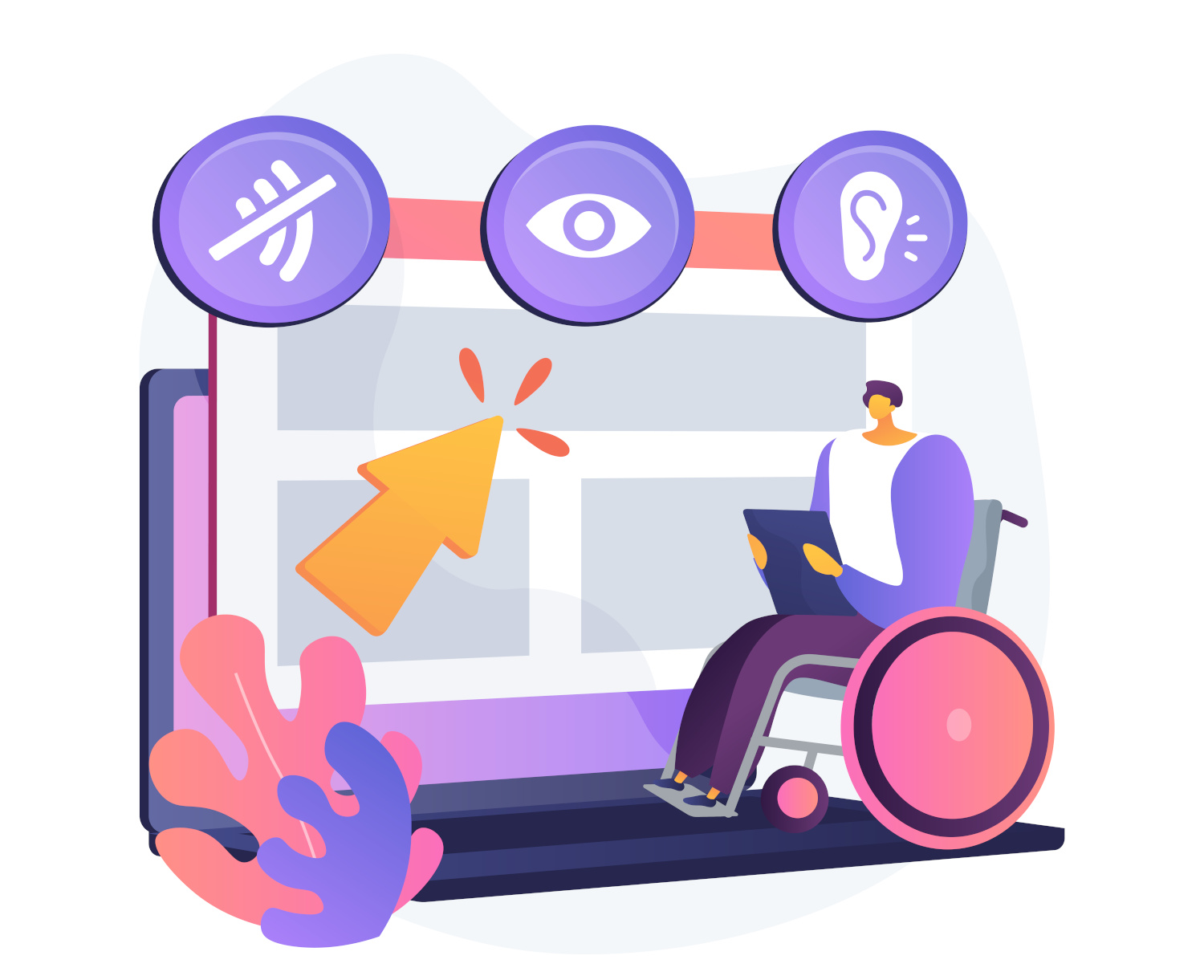
Technology is one of the most essential things that makes information accessible. It creates convenience and straightforward use in ICT and Software. But sometimes, there is one thing that is sometimes neglected: accessibility for everyone, starting from people with disabilities to people with low literacy. The accessibility in ICT is concentrated on creating an inclusive world where everyone, without any exception, can find information without any problem.
What does technology do? It helps us connect, find information, and learn just with a gadget. Simply put, makes life easier. But we have to remember the influence of technology on people with disabilities. When technology is not designed with accessibility in mind, it can create unnecessary barriers and make simple tasks more difficult. This is why legal frameworks like the ADA are vital to ensuring equal access to technology, just as we have requirements for the physical accessibility of ramps and elevators.
For them, websites, content, videos, and other things on the internet can be considered elevators that effortlessly expand technology accessibility. This is not just a legal requirement but a logical and compassionate approach. Around 15% of the population faces disabilities, and by ensuring universal access to technology, businesses can reach a broader customer base, schools can welcome a more diverse student population, and governments can effectively meet the needs of their citizens.
Investing in building accessibility into your digital offerings is crucial for several reasons. At first, it increases the audience size. When you make your website, software, and content inclusive, you target a specific group and welcome everyone to participate. This inclusivity is not only morally right but also a strategic business decision. The greater the accessibility of your technology, the more people can connect with your brand or message. This will result in increased engagement and sales.
Moreover, giving importance to accessibility is very fair. It helps to create an inclusive world. This way, you will have a more positive image and reputation.
Furthermore, accessible technology is inherently easy to use. When you design your digital platforms with accessibility in mind, they become more straightforward for everyone to navigate. Simplicity is something everyone will appreciate and understand. Accessible UX will give you dozens of benefits. Not only you but also your users.
And finally, innovations. Accessibility is innovative and can be a very creative decision.
Lastly, let’s discuss innovation. Incorporating accessibility into your designs often leads to creative solutions. These days, solving accessibility issues can lead to innovative ideas. This will make your offerings stand out.
Crafting an accessible digital experience requires careful consideration. Here are some practical tips to help you create technology that promotes inclusivity:
In conclusion, accessibility in ICT and Software is essential, considering the number of people with disabilities. It is necessary not only for the audience but also for business improvement, reputation, and fairness. Accessible technology is user-friendly by nature, and by prioritizing it, we encourage innovation and uniqueness. Use these tips and create a welcoming environment.
In this tutorial, I will give you a few ways for making money with Raspberry…
Steps to install the lite version of Raspberry PI OS without Desktop Environment to provide…
This tutorial will show you how to install a TOR proxy in your Raspberry PI.…
In this tutorial, I will show you how to connect and use an Incremental Rotatory…
This tutotial will show you how to install Ollama in your Raspberry PI, so getting…
As you know, the Raspberry PI is a single-board computer (excluding the Pico). This means…